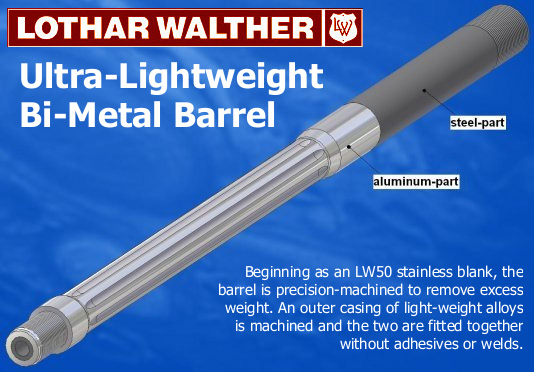Hi,
So that we do not cloud the ELR Mach V thread with ceramic rifle barrel discussions AND since the subject really does warrant its' own thread
Here are some very interesting studies and research documents from various sources on the subject. Some of you may have seen some of them already but some may have not.
https://www.sbir.gov/sbirsearch/detail/333848
https://patents.google.com/patent/US7197986B1/en
Sincerely,
Theis
So that we do not cloud the ELR Mach V thread with ceramic rifle barrel discussions AND since the subject really does warrant its' own thread
Here are some very interesting studies and research documents from various sources on the subject. Some of you may have seen some of them already but some may have not.
https://www.sbir.gov/sbirsearch/detail/333848
https://patents.google.com/patent/US7197986B1/en
Sincerely,
Theis

